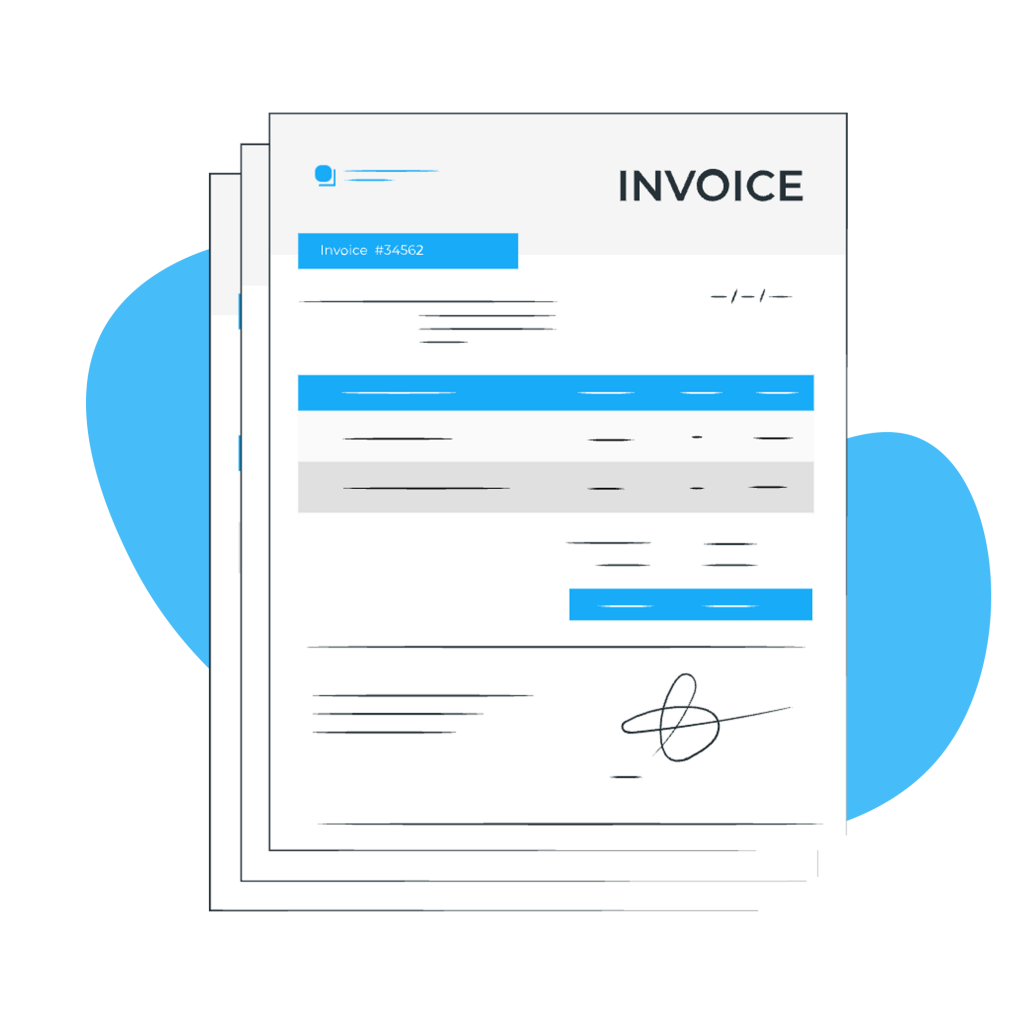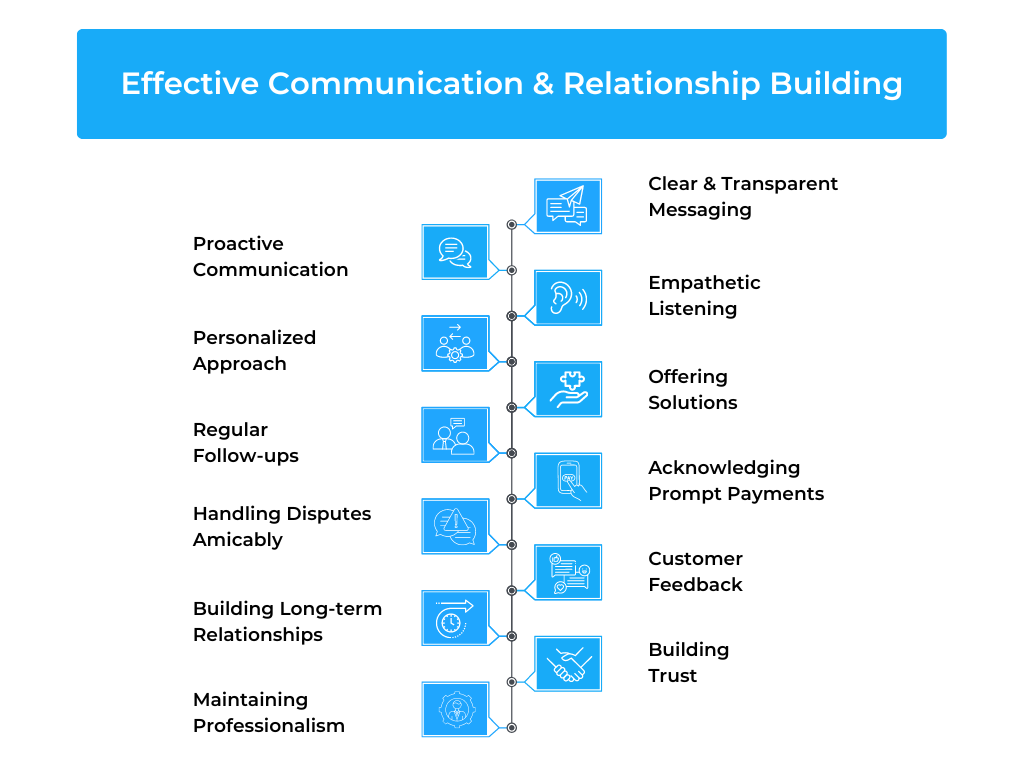Streamlining Your Accounts Receivable Collection Process: Best Practices for Efficiency
Understanding your customers and setting clear credit policies are essential components of streamlining your accounts receivable collection process. Before extending credit to any customer, it’s crucial to conduct a thorough analysis of their payment behavior and creditworthiness. This can be achieved through credit checks, evaluating their payment history, and considering any past delinquencies. By understanding your customers’ financial capabilities, you can determine appropriate credit limits and terms that minimize the risk of late or defaulted payments.
Clear credit policies play a pivotal role in establishing expectations and preventing misunderstandings. Communicate your credit policies effectively to customers, outlining the terms of payment, late fees, and consequences for non-compliance. These policies should be readily available in writing and easily accessible to customers. Moreover, regular communication with customers about their credit standing can help foster transparency and strengthen the customer-business relationship.in
By proactively understanding your customers and having transparent credit policies in place, your business can significantly reduce the likelihood of overdue accounts and improve the overall efficiency of your accounts receivable collection process. This approach sets the foundation for a smoother invoicing and payment experience, leading to more reliable cash flow and better financial stability for your organization.
Implementing Automated Invoicing and Payment Systems

Implementing automated invoicing and payment systems is a game-changer when it comes to streamlining your accounts receivable collection process. Manual invoicing and payment methods can be time-consuming, and error-prone, and may lead to delays in receiving payments. By embracing automation, businesses can significantly enhance efficiency and accuracy while improving the overall customer experience.
Electronic invoicing, or e-invoicing, allows you to send invoices digitally, directly to your customers’ email addresses, reducing the chances of invoices getting lost in the mail. It also expedites the delivery process, enabling customers to receive and process invoices faster. With automated invoicing systems, you can set up recurring invoices for regular customers, saving time on repetitive tasks.
Moreover, providing customers with multiple payment options simplifies the payment process. Accepting credit card payments, online bank transfers, or digital wallets gives customers the flexibility to choose their preferred method. This convenience can lead to faster payments and improved cash flow for your business.
Integrating payment gateways with your accounting software further streamlines the process. When a customer makes a payment, the system can automatically update the accounts receivable ledger, reducing the need for manual data entry and minimizing the risk of errors.
Regularly Monitoring and Tracking Receivables
Regularly monitoring and tracking receivables is a crucial practice for maintaining a healthy cash flow and ensuring timely collection of payments. By implementing a systematic approach to receivables management, businesses can identify potential issues early on and take appropriate actions to prevent overdue accounts and minimize bad debts.
One of the key tools for monitoring receivables is generating aging reports. These reports categorize outstanding invoices based on their age, typically in buckets such as 0-30 days, 31-60 days, 61-90 days, and over 90 days. Reviewing these reports regularly allows you to identify which customers have overdue payments and take proactive steps to follow up with them.
Implementing a follow-up process is equally important. This can include sending polite reminders to customers with outstanding invoices, making phone calls to discuss payment status, or even scheduling personal meetings to address any payment concerns. The goal is to maintain open lines of communication with customers and gain insights into any potential reasons for delayed payments.
To streamline the monitoring process, consider utilizing accounting software that offers real-time tracking of receivables. Such systems can provide instant updates on payment statuses, outstanding balances, and customer payment histories, empowering you to make informed decisions regarding collection strategies.
Effective Communication and Relationship Building

Effective communication and relationship building are vital components of a successful accounts receivable collection process. Here are key points to consider:
Proactive Communication: Initiate communication with customers before payment is due to remind them of upcoming invoices and payment deadlines.
Clear and Transparent Messaging: Ensure that all communication regarding invoices, payment terms, and collection procedures is clear, concise, and transparent.
Personalized Approach: Tailor your communication to the individual customer, understanding their preferences and adjusting the tone and style accordingly.
Empathetic Listening: When discussing payment issues, listen to the customer’s concerns with empathy and understanding to build a positive rapport.
Offering Solutions: Instead of focusing solely on the problem, work with the customer to find mutually beneficial solutions, such as payment plans or alternative methods of payment.
Maintaining Professionalism: Always maintain a professional demeanor, even when dealing with difficult or overdue accounts.
Regular Follow-ups: Consistently follow up with customers who have outstanding invoices, using various communication channels like emails, phone calls, or letters.
Building Trust: Demonstrate reliability and consistency in your communication to build trust with customers, encouraging them to prioritize your invoices.
Acknowledging Prompt Payments: Recognize and appreciate customers who consistently pay on time, fostering a positive relationship.
Handling Disputes Amicably: If there are billing discrepancies or disputes, address them calmly and resolve them promptly to avoid any strain on the relationship.
Building Long-term Relationships: Aim to build long-term relationships with customers by providing excellent service and communication throughout their engagement with your business.
Customer Feedback: Encourage feedback from customers on their experience with the invoicing and payment process to identify areas for improvement.
Leveraging Data Analytics
Leveraging data analytics for insights can significantly enhance the efficiency and effectiveness of the accounts receivable collection process. By harnessing the power of data, businesses can gain valuable insights into customer behaviors, identify patterns, and make informed decisions to optimize their collection strategies. Here are the key points for leveraging data analytics:
Data Collection and Integration: Gather data from various sources, including accounting software, payment gateways, customer relationship management (CRM) systems, and other relevant platforms, and integrate them into a centralized data repository.
Identifying Collection Trends: Analyze historical payment data to identify trends in customer payment behavior, such as seasonal fluctuations, average payment times, and common reasons for late payments.
Predictive Analytics: Implement predictive models that use historical data to forecast which customers are at higher risk of delayed payments or defaulting on invoices.
Segmentation Analysis: Categorize customers into different segments based on their payment history, creditworthiness, and other relevant factors. This segmentation allows for more personalized collection approaches for different customer groups.
Early Warning Systems: Develop early warning systems that alert the collections team to potential payment issues well before they become overdue. This enables proactive measures to prevent delinquencies.
Optimizing Collection Strategies: Use data insights to fine-tune collection strategies, such as the timing and frequency of communication, the use of incentives or discounts for early payments, and the identification of the most effective communication channels for each customer segment.
Identifying Delinquent Accounts: Data analytics can help quickly identify delinquent accounts, allowing the collections team to prioritize their efforts and focus on accounts that require immediate attention.
Performance Measurement: Establish key performance indicators (KPIs) for the collections process, such as the average time to collect payments or the percentage of overdue accounts, and regularly monitor these metrics to track progress and identify areas for improvement.
Automated Alerts: Implement automated alerts or triggers within the data analytics system to notify the collections team when certain conditions are met, such as when a customer’s payment behavior changes or when an account becomes significantly overdue.
Conclusion
Lastly, streamlining the accounts receivable collection process is essential for maintaining a healthy financial ecosystem and ensuring the smooth operation of any business. By understanding your customers and setting clear credit policies, you can minimize the risk of late or defaulted payments. Implementing automated invoicing and payment systems simplifies the process for both businesses and customers, leading to faster payments and improved cash flow.
I like your collection strategy.